LGBT Americans are fixated on one question surrounding the two historic gay rights cases that will be argued before the U.S. Supreme Court next week: Will same-sex marriage be legalized nationwide?
Though there are three basic outcomes possible that would be considered a "win" for marriage equality, constitutional law scholar Geoffrey Stone felt assured of this: "I think there's zero chance of the court doing anything harmful to the cause of same-sex marriage."
Stone, who is a professor of law at the University of Chicago and helped recruit Barack Obama to teach at the school in the early '90s, resolutely believes that the Defense of Marriage Act -- a law that prohibits the federal government from recognizing state-sanctioned same-sex marriages for the purposes of things like taxes, immigration, and Social Security benefits - will be overturned.
"Certainly 5-4, maybe 6-3," Stone says of the possible vote count on the DOMA case, known as U.S. v. Windsor, which will be argued before the Supreme Court on Wednesday.
Stone's certitude echoes why the case that will precede Windsor on Tuesday, Hollingsworth v. Perry, has drawn the lion's share of the attention. Perry is a challenge to the constitutionality of the voter-approved referendum, Proposition 8, which stripped California's same-sex couples of the right to marry. The measure was overturned twice: once by a sweeping ruling at the federal district court level that declared the measure violated the constitutional rights of lesbians and gay men. The 9th Circuit Court of Appeals later agreed with the lower court's finding that the measure improperly took away the rights of same-sex couples but issued a much more narrow decision that likely only applied to California marriages.
For years, people have assumed any decision on same-sex marriage would be decided by the "swing" vote of Justice Anthony Kennedy, with the four more liberal justices (now Breyer, Ginsberg, Kagan, and Sotomayor) voting in favor of marriage equality and the conservatives (now Alito, Roberts, Scalia, and Thomas) against.
That's why David Boies -- the liberal half of the powerhouse duo including Ted Olson that's challenging Proposition 8 -- drew headlines last week when he predicted better than a 5-4 outcome in Perry.
"I believe we're going to win this case with more than five justices," Boies told USA Today.
But even if Boies' crystal ball proves true, the devil still lies in the details of just how far the court goes. So long as the court decides that the petitioners in the case have standing, one of the three following steps forward will probably apply.
In the narrowest option, a one-state solution, the Supreme Court could agree with the 9th Circuit appellate court that same-sex couples have the right to marry in California. But such a ruling would apply only to that state and its rather idiosyncratic circumstances of having granted marital rights to gay couples and subsequently taken them away through referendum.
An intermediate option, applying to nine states, would mirror what was ultimately advanced by the U.S. Solicitor General on the behalf of the Obama administration: that in California and eight other states that already recognize civil unions or domestic partnerships, it's impossible to argue that government has a legitimate interest in withholding actual marital rights from same-sex couples since it is already granting those rights under a different name. This ruling would likely legalize same-sex marriage in California, Colorado, Delaware, Hawaii, Illinois, Nevada, New Jersey, Oregon, and Rhode Island.
The Solicitor General's original filing three weeks ago argued that this option applied to eight states including California. But Colorado made nine on Wednesday when Gov. John Hickenlooper signed a civil unions bill into law that will take effect May 1, a month before the court is expected to issue its ruling. Colorado ended up with civil unions as a hard-won consolation prize after voters put full marriage equality out of reach by passing a constitutional ban in 2006. Then it took three attempts over several years before the legislature could send a civil unions bill to the governor's desk.
Of course, the homerun for equality advocates would be a ruling that says laws prohibiting same-sex couples from marrying violate the Constitution, thereby legalizing same-sex marriage across the country. Stone, who joined an amicus brief arguing for the 50-state solution, as it were, gives it only a 20% chance of happening. His bets are 80% on one of the two more narrow rulings, which might then attract the vote of Chief Justice John Roberts alongside that of Justice Kennedy.
"If the price of Roberts' vote is to make it a more narrow decision, I think that's something he would see as an achievement," says Stone.
Jenny Pizer, Senior Counsel and Director of the Law and Policy Project at the LGBT advocacy organization Lambda Legal, agrees with Stone's assessment that a narrow decision will prevail but sees the California-specific decision as the odds-on favorite.
Pizer, who helped author a brief arguing for the nine-state solution, says the question of how narrow or broad to go is something the California Supreme Court originally faced when it first took on the question of same-sex marriage. She recalls the court's chief justice, Ron George, talking about the institutional role of the court and its responsibility to get things right constitutionally but to also have the population view the institution as a place from which one can expect justice.
"And that means thinking about where society is," Pizer says of the dilemma. "There's a reality that we are committed to high principles and a reality that people hold very different views about what those principles mean. I think this is a Supreme Court comprised of a majority of individuals who are concerned about the reputation of the court and the view that the court cannot do its job well if it becomes the object of too much political objection."
Public opinion, adds Stone, will be the single most influential factor outside of the courtroom to guide the ruling.
"It's basically gone a slope upward to the point where now a majority of Americans think it's time to recognize same-sex marriage," Stone says. In fact, a national ABC/Washington Postpoll earlier this week found the highest approval yet for same-sex marriage in the history of the poll: 58%. Similarly, a California Field Poll last month found a "record majority" of Golden State Voters (61%) now support marriage equality.
To both Pizer and Stone, this is where Justice Ruth Bader Ginsberg becomes central to the breadth of the ruling. They note that Ginsberg has questioned whether the Supreme Court's 1973 decision that deemed abortion a fundamental right in Roe v. Wade went too far and spurred a backlash.
"I think she's had a more acute interest and concern about this particular question than some because she was a civil rights lawyer and has watched the role of lawyers in the women's rights movement," Pizer says, "and she seems to be expressing some distress about how so much of the politics around that have not been to the benefit of American women."
Though Pizer knows many LGBT advocates who have taken Ginsberg's public statements as a cautionary note not to push too far, too fast, she adds, "That doesn't mean to me that she would rule against what she believes is correct if the question is there in front of her."
Nonetheless, Stone can imagine Justice Ginsberg being "a voice for an intermediate approach here," such as the nine-state solution.
Though people often make comparisons between same-sex marriage and Loving v. Virginia-- the case that struck down anti-miscegenation laws in 1967 -- Stone says Roe has more parallels with Perry today. Public opinion was roughly in favor of allowing abortions at the time even though the vast majority of the states still outlawed it. Whereas when Loving was decided, the vast majority of Americans (around 70%) disapproved of interracial marriage even though it was legal in all but 16 states - a similar dynamic to when segregation laws were struck down in 1954's Brown v. Board of Education.
"Brown and Loving were cleanup operations to nationalize what was already the general view [of the states]," Stone observes, "and Roe and Perry are situations where the court would be imposing on the vast majority of states who aren't there yet."
Although Stone personally believes same-sex couples have a constitutional right to marry, he thinks the nine-state solution is airtight legally.
"I couldn't begin to make an argument that I would be persuaded by on the other side," he says. "The only real justification for giving civil unions without marriage is basically to subject a group to an indignity."
Pizer adds that while a plurality of the justices may uphold same-sex marriage only in California, other justices may see fit to write a concurrent opinion. Although judges commonly decide only as much as they have to decide and then reserve other issues for a future case, Pizer notes that people in nine states now (including Colorado) will be wondering what the Perry decision means for their legal system.
"A concurrent decision that adopts nine-state reasoning would give important guidance to future cases," says Pizer, even if it wasn't the prevailing opinion of the court.









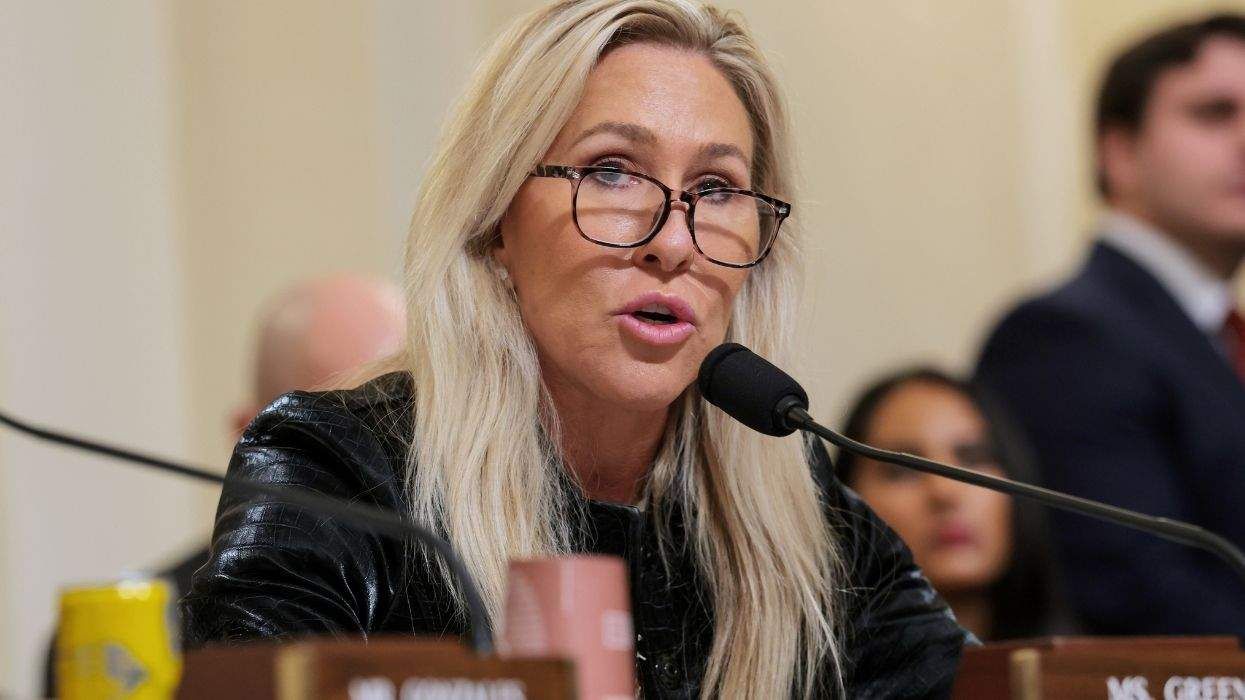
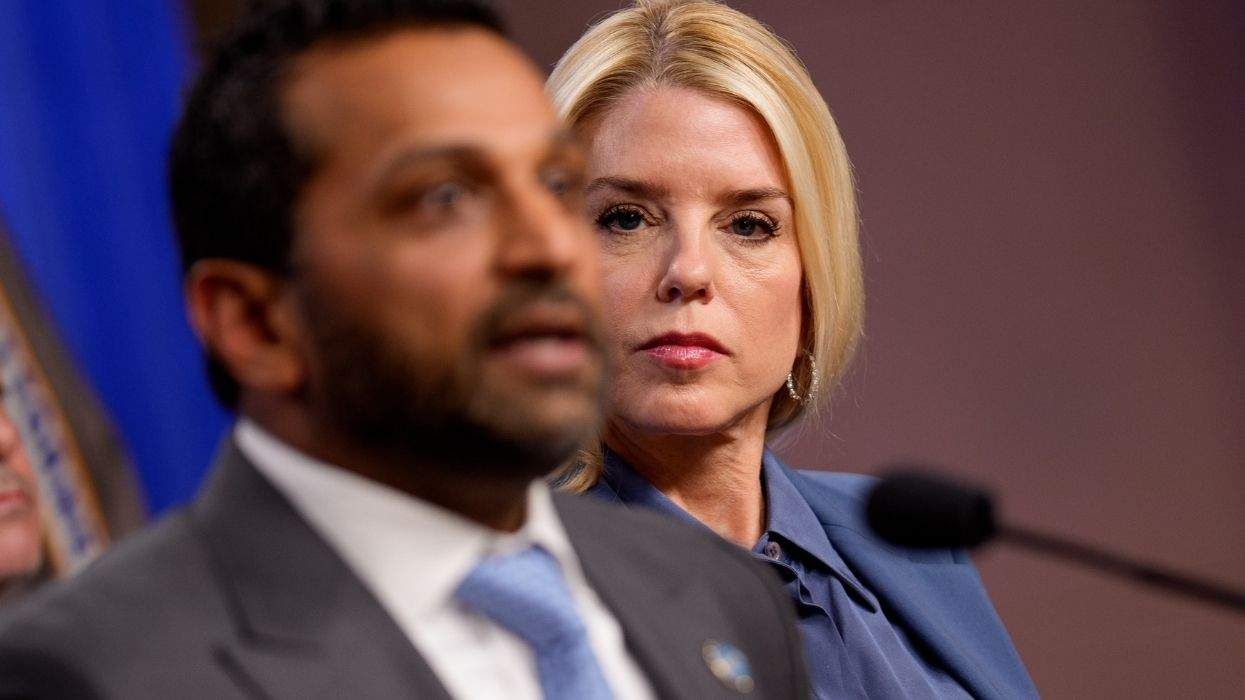

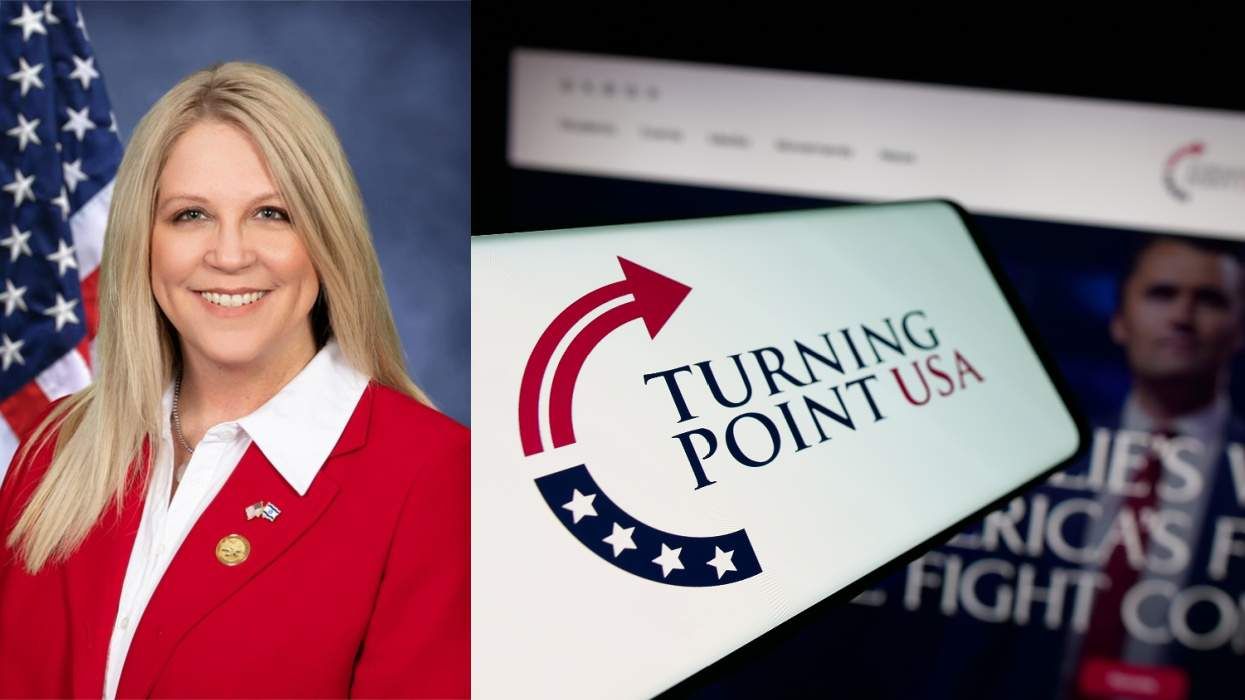

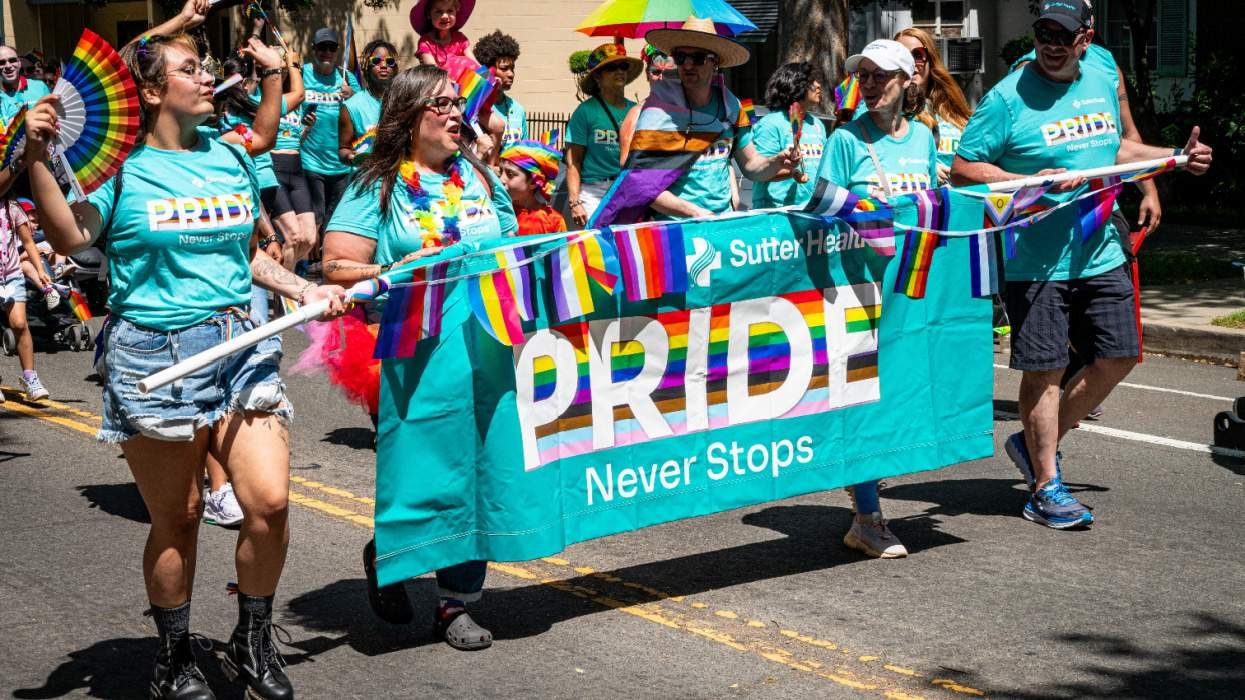
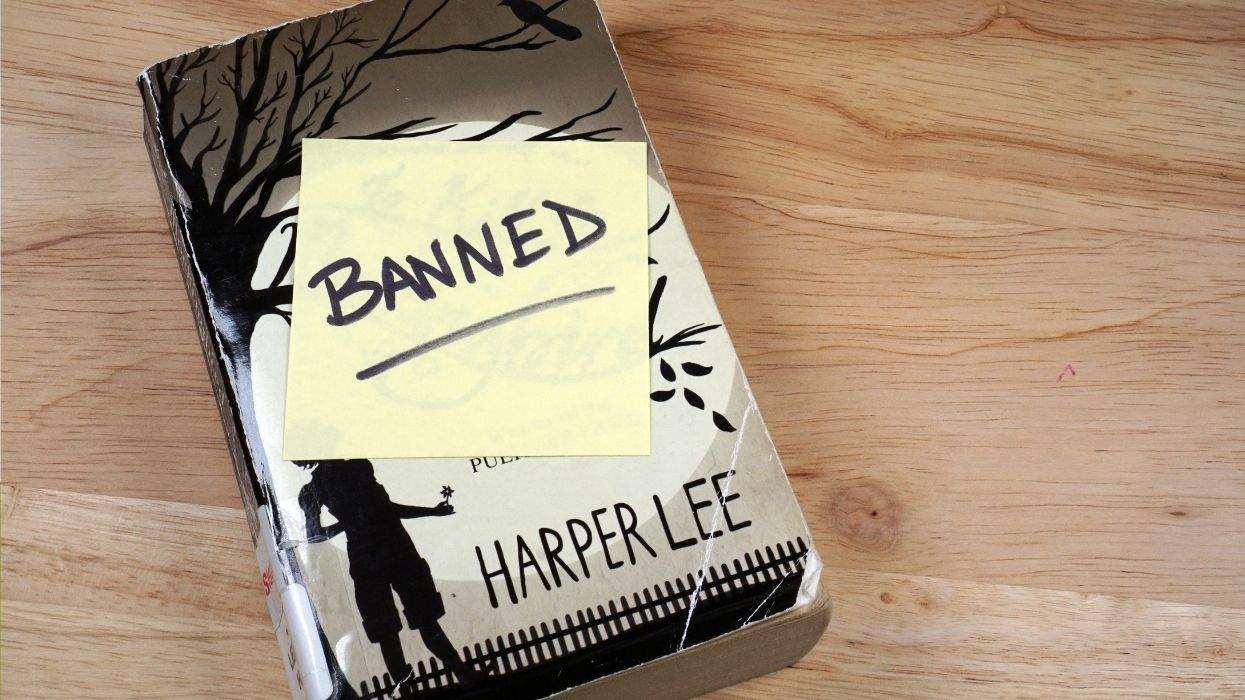


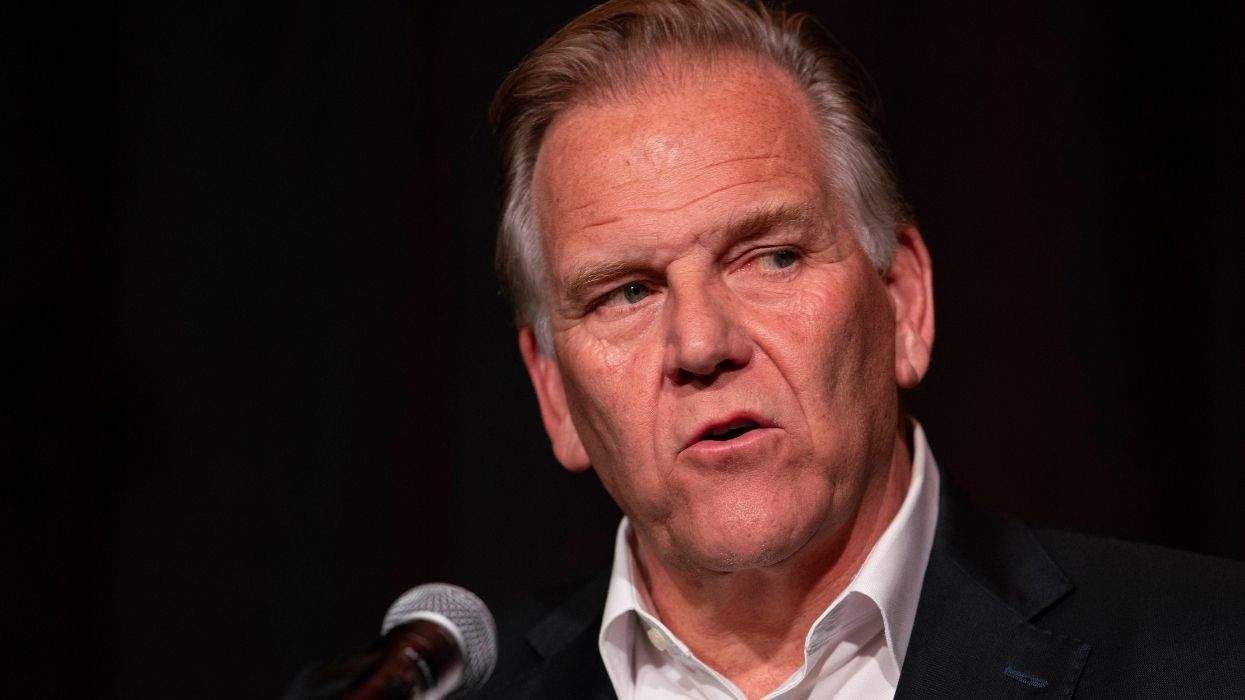
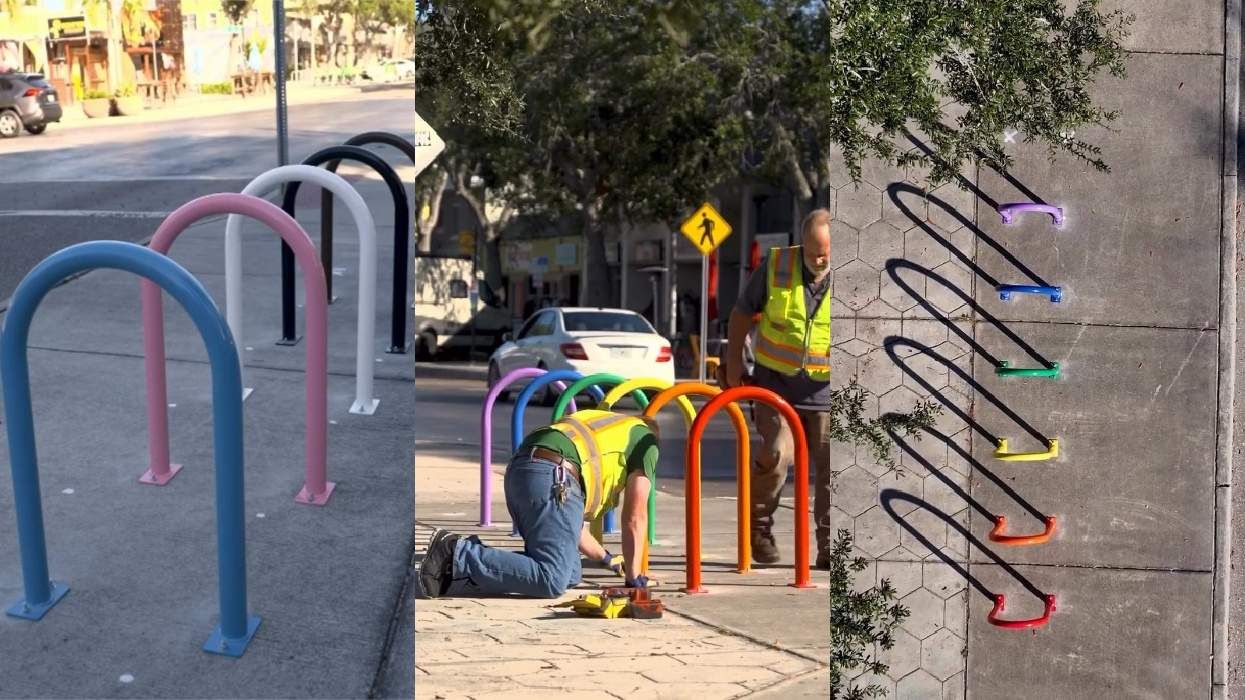


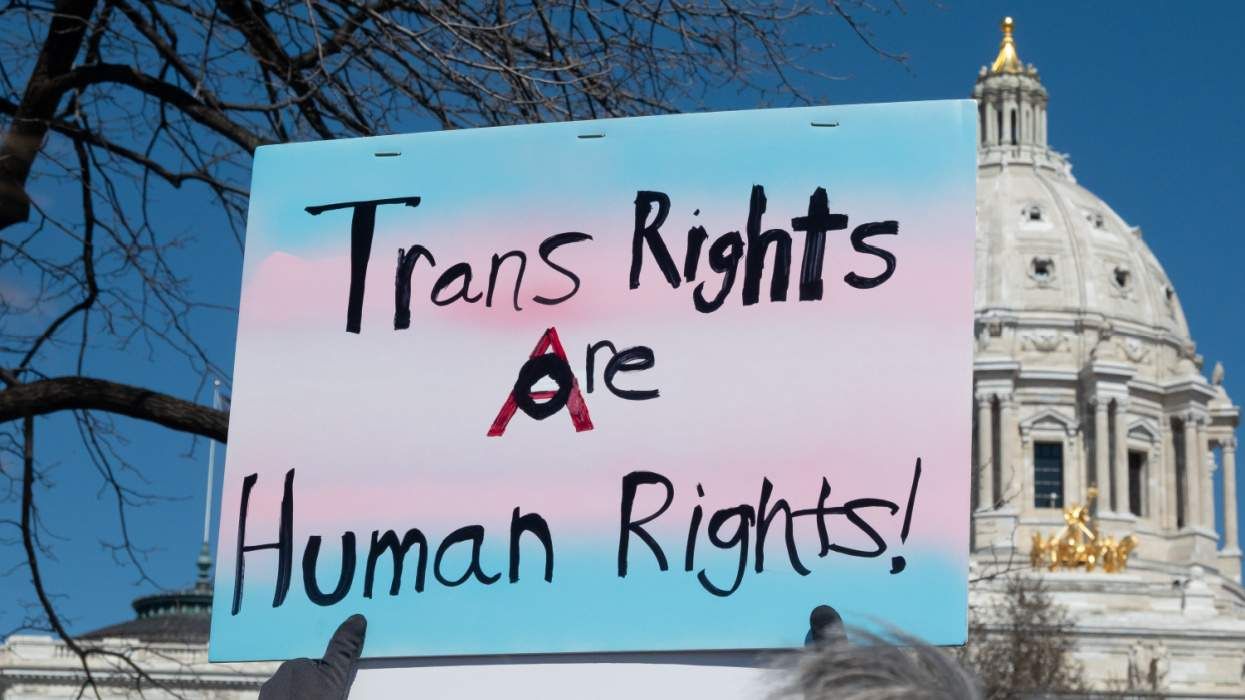

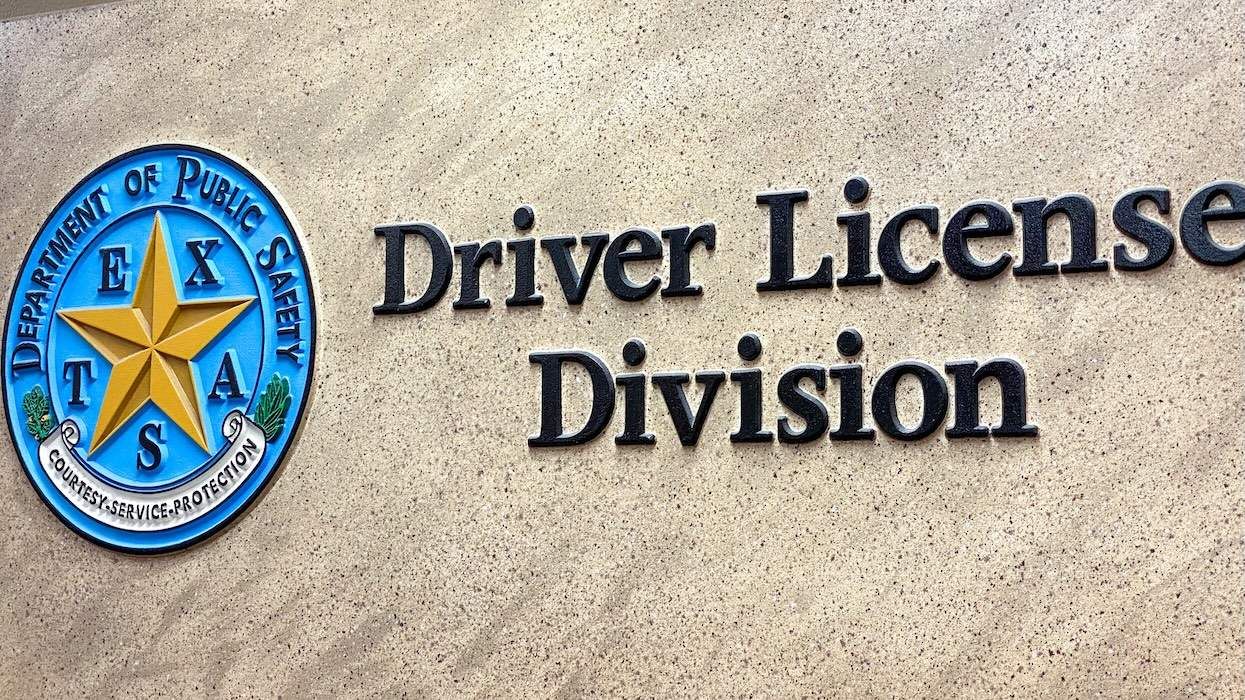
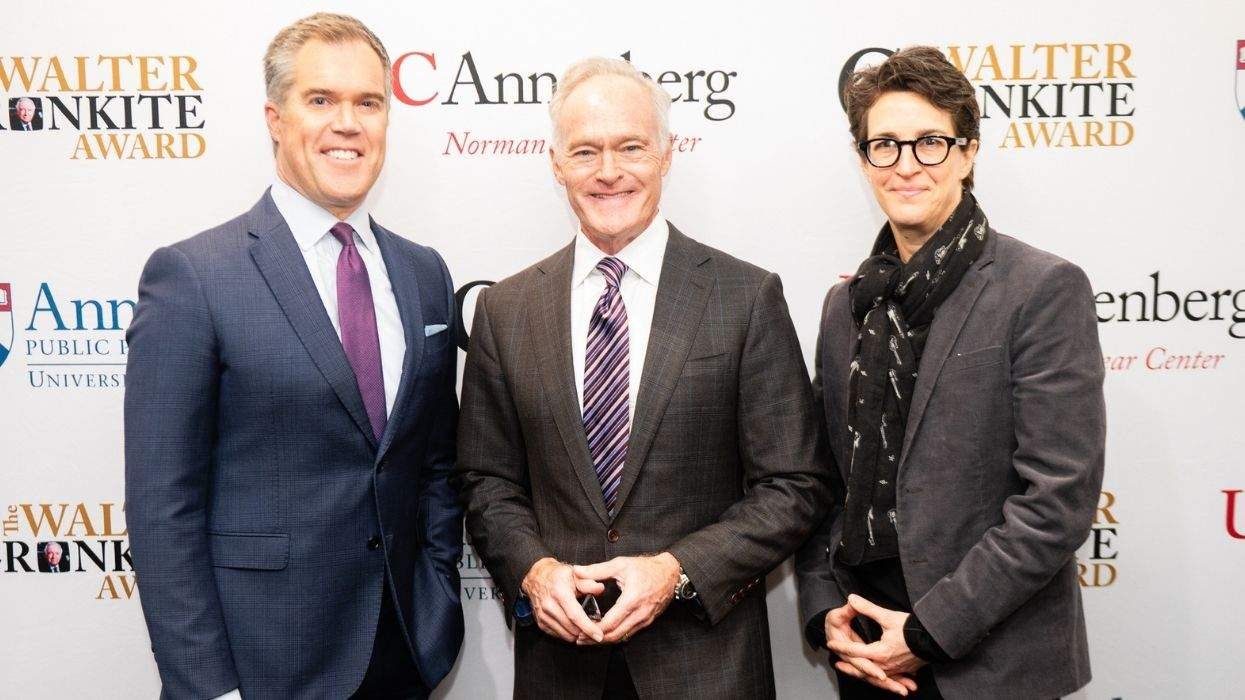

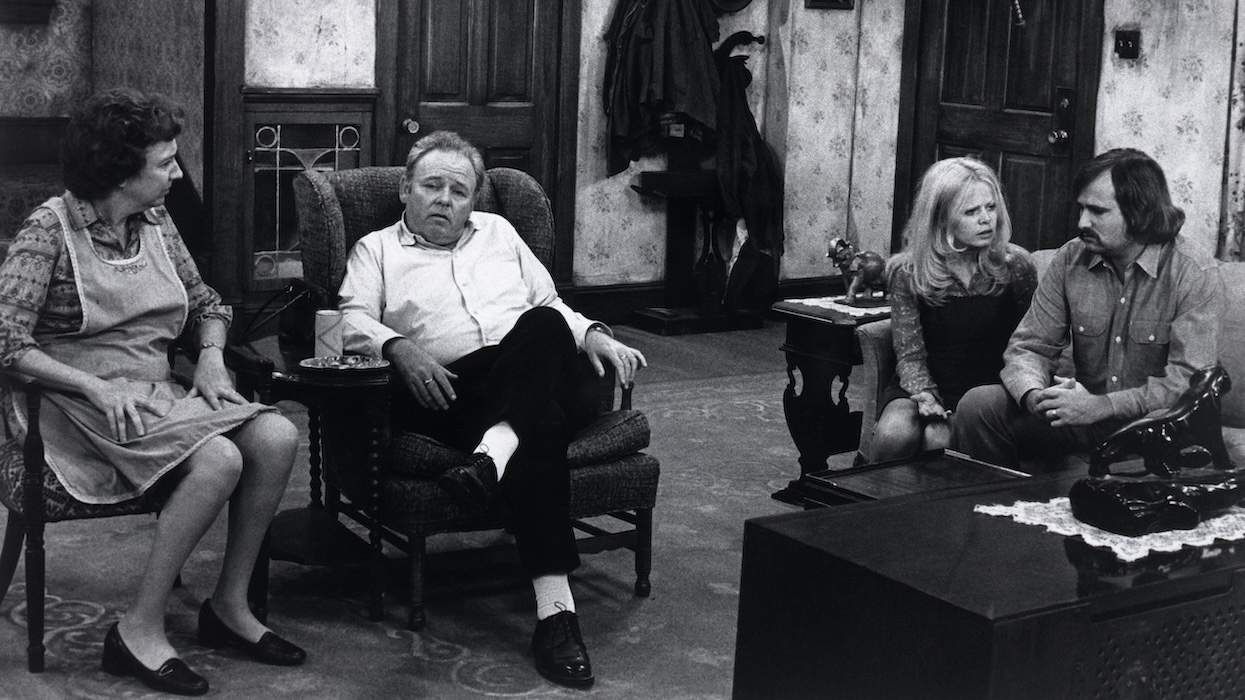








































Charlie Kirk DID say stoning gay people was the 'perfect law' — and these other heinous quotes